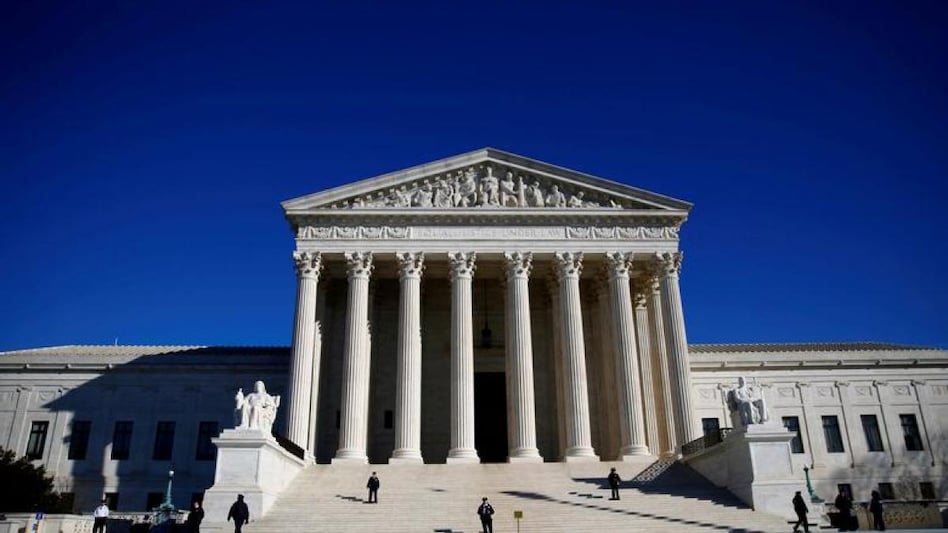
Introduction
In the realm of reproductive rights, the U.S. Supreme Court ruling on the right to abortion, one year later, continues to evoke both praise and scorn. The decision in the landmark case of Dobbs v. Jackson Women’s Health Organization, which overturned the longstanding precedent set by Roe v. Wade in 1973, has triggered a wave of reactions from activists and politicians alike. As we delve into the aftermath of this ruling, it becomes evident that its impact on abortion access has been profound, sparking a nationwide dialogue and fierce debates across the country.
1. The Historical Significance of Dobbs v. Jackson Women’s Health Organization
The Dobbs v. Jackson Women’s Health Organization case presented the Supreme Court with an opportunity to reevaluate the constitutional right to abortion established by Roe v. Wade. This Mississippi case challenged the state’s ban on most abortions after 15 weeks of pregnancy. Ultimately, the Court’s decision to uphold the ban sent shockwaves throughout the nation.
2. The Praise and Protests Surrounding the Decision
Since the ruling, activists and politicians on both sides of the abortion debate have taken to the streets to express their reactions. Demonstrations held on June 24, 2023, marked the one-year anniversary of the Dobbs decision, serving as a platform for voices on all sides to be heard.
2.1 The Praise for the Decision
Many anti-abortion activists and conservative politicians have celebrated the Supreme Court’s ruling as a significant victory for the pro-life movement. They perceive it as a step toward protecting the rights of the unborn and returning the issue of abortion regulation to the states.
2.2 The Protests against the Decision
Simultaneously, pro-choice advocates and progressive lawmakers have vehemently protested the decision, viewing it as a threat to reproductive freedom and the bodily autonomy of women. They argue that the ruling sets a dangerous precedent that could lead to further erosion of abortion rights and adversely impact marginalized communities.
3. The Ripple Effects on Abortion Access Nationwide
The Dobbs ruling has brought about substantial changes in abortion access across the United States. It has emboldened anti-abortion legislators and prompted them to introduce or pass restrictive abortion laws in several states. Some have even expressed intentions to challenge the constitutional underpinnings of abortion rights further.
4. The Ongoing Legal Battles and Future Implications
In the wake of the Dobbs ruling, legal battles continue to unfold as abortion rights advocates challenge restrictive laws in various states. The Supreme Court’s decision has undoubtedly shifted the legal landscape surrounding abortion and sparked debates on issues such as viability, fetal personhood, and the role of the judiciary in determining reproductive rights.

5. The Importance of Public Opinion and Advocacy
Public opinion remains a critical aspect of the abortion debate, shaping policies and legal outcomes. The Dobbs ruling has reignited discussions about the importance of grassroots organizing, voter engagement, and advocacy efforts on both sides of the spectrum.
Conclusion
One year after the U.S. Supreme Court’s decision on the right to abortion, the nation remains deeply divided on the issue. The ruling in Dobbs v. Jackson Women’s Health Organization has generated praise from those seeking stricter regulations and protests from proponents of reproductive rights. As the legal and social ramifications of the decision unfold, it becomes clear that the fight for abortion access will persist.









